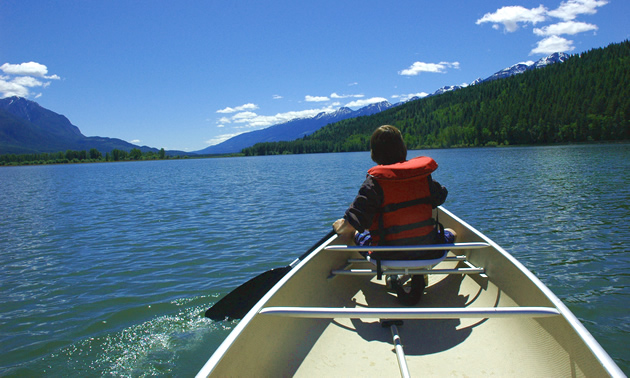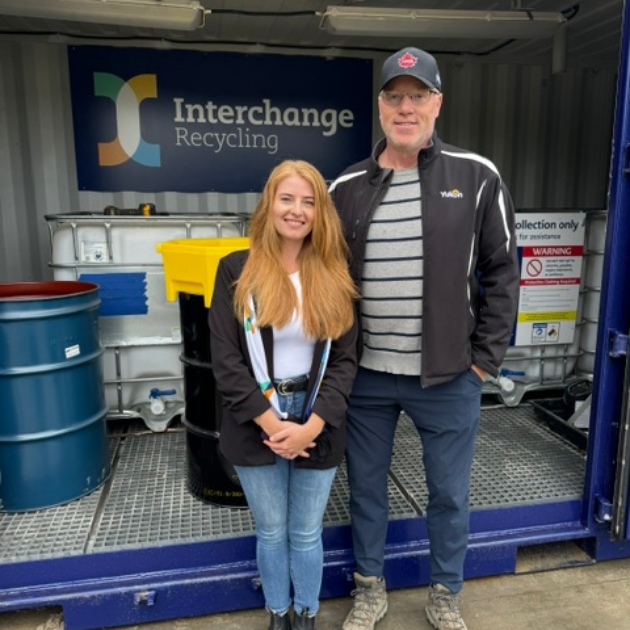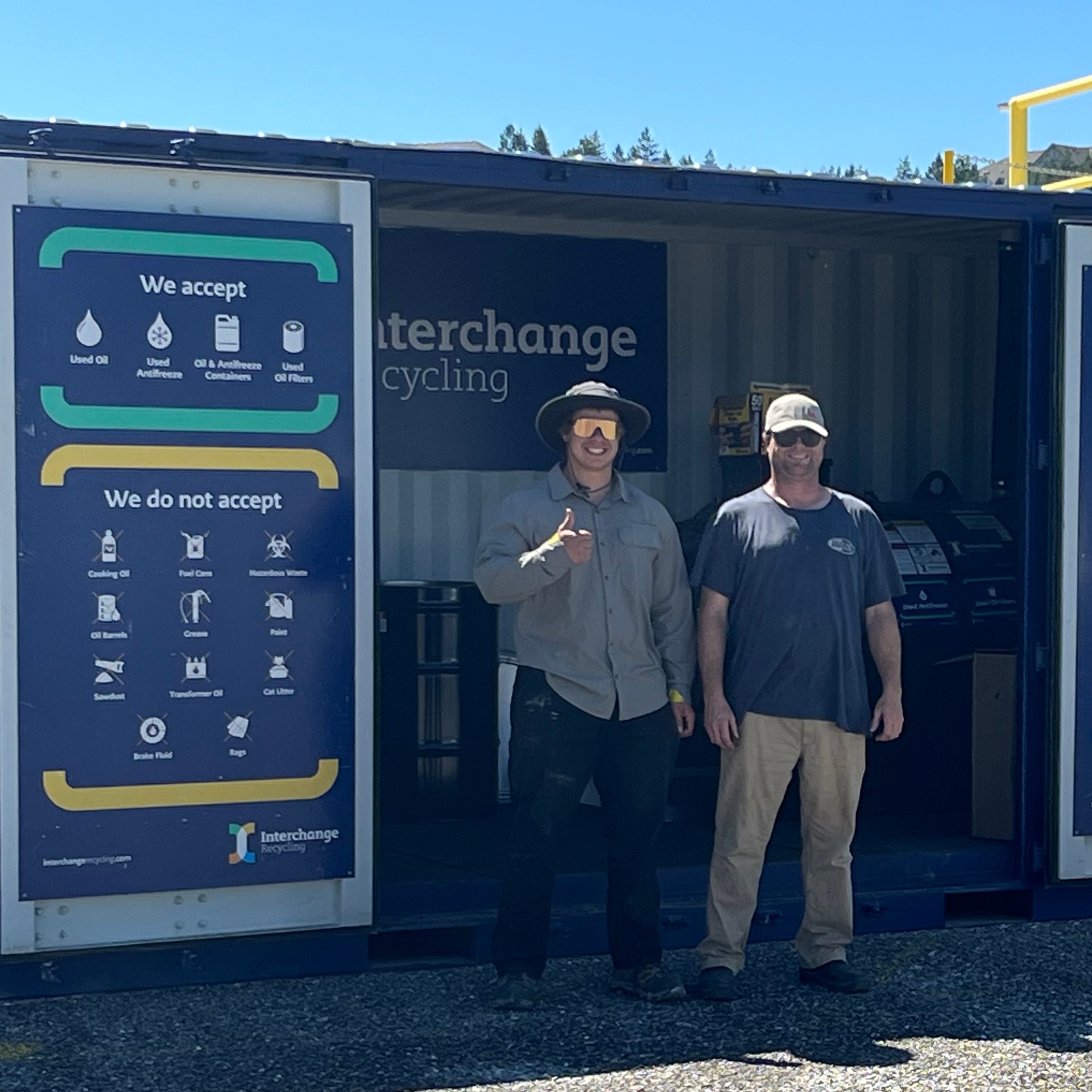An international water treaty reviewed
The Columbia River Treaty affects flood control, power, water, ecology, and the area we call home—and now it's up for review

The Columbia River is important for recreation, making that just one piece of the CRT. — Photo courtesy Tanya Laing Gahr
1964 may seem long ago and far away. Perhaps the Kootenays didn’t mean anything to you then, but that was when the Columbia River Treaty (CRT) was ratified. It’s now 50 years later and 2014 is going to be another important year in the management of the Columbia River. September 16 will mark the anniversary of the treaty and is the latest date that either Canada or the United States can give 10-year notice to terminate most provisions of the treaty at the earliest opportunity in 2024.
Where both countries win
The cross-border agreement between Canada and the U.S. has certainly been a water-management success. The treaty involves three dams in Canada—the Duncan Dam, the Hugh Keenleyside Dam and the Mica Dam—as well as the Libby Dam in the U.S. Severe flooding south of the border in 1948 created motivation for the CRT. Since the treaty storage was implemented there hasn’t been a flood causing major damage along the Columbia River. In addition to flood control, the United States also receives benefits in regards to power generation, recreation, water supply and the ecosystem.
In exchange for water storage reservoirs and optimized power operations, Canada receives the Canadian Entitlement.
“Under the Columbia River Treaty, Canada is entitled to one-half of the additional potential downstream power benefits, in energy and capacity, that can be generated in the United States as a result of the water flow management from British Columbia storage reservoirs,” said Matt Gordon, spokesperson for the Ministry of Energy and Mines. “This one-half portion of the downstream power benefits is called the Canadian Entitlement. In 1964 the Province pre-sold the first 30 years of the Canadian Entitlement for a lump sum of US$254 million. These funds were used to help finance the construction of the Columbia River Treaty dams. The benefits now return to B.C. and average $200 million per year, funding services such as health care and education.”
A treaty in review
Both countries have moved to carry out separate reviews of the CRT. The Canadian review was underway three years prior to September 16 of 2014. The area covered includes the Columbia River Basin, namely the Kootenays and Valemount, similar to what falls under the the Columbia Basin Trust (CBT).
The draft recommendation for the future of the treaty is to continue the treaty and seek improvements within its existing framework. Aspects of a revised treaty that may interest residents include maintenance of flood protection and the protection of private property. The Canadian Entitlement could also be affected. The ecosystem and climate change, together with a focus on social values, have been key considerations in the CRT review as these values have increased in importance since the 1960s. The province may also seek improved co-ordination of the Libby Dam and the Koocanusa reservoir.
The Ministry of Energy and Mines is the co-ordinating agency for the Columbia River Treaty Review. The review team has been engaging with First Nations, elected officials, CBT, Columbia Power Corporation, FortisBC and BC Hydro. Additionally, the review team has been working with various federal government agencies. Engagement with Basin residents has been an essential part of the review as well. Public consultation involved community engagement and the use of social media. Initiatives included 22 community workshops, a conference, meetings with a local experts committee and a youth-engagement component.
“The treaty review public consultation was designed to provide Basin residents a full opportunity to give input and help inform the recommendation to the Province on the future of the treaty,” said Gordon. “The consultation process increased the Province’s understanding of Basin residents’ interests and values and provided an opportunity for the Province and residents to communicate and discuss the implications of future treaty options on those interests. The majority of Basin residents who participated in the public consultation process felt that they were heard, that the public consultation report reflected their views and interests, and that the Province was going in the right direction with regards to the draft treaty recommendations.”
Watching it all unfold
With very different recommendations now put forth from both Canada and the United States, we can be sure there will be some interesting negotiations to watch in the years to come. Regardless, the CRT has demonstrated that cross-border water management can be effective.
“The Columbia River Treaty is known throughout the world as one of the most successful models of transboundary water management, providing a framework for co-operation on energy and public safety, while demonstrating flexibility in addressing environmental interests,” said Gordon. “The treaty has served both countries well for almost 50 years and it will become even more important as the transboundary conversation around the treaty evolves from the need for flood control and power production to the value of managing water across all interests. This value will only increase over time.”






Comments